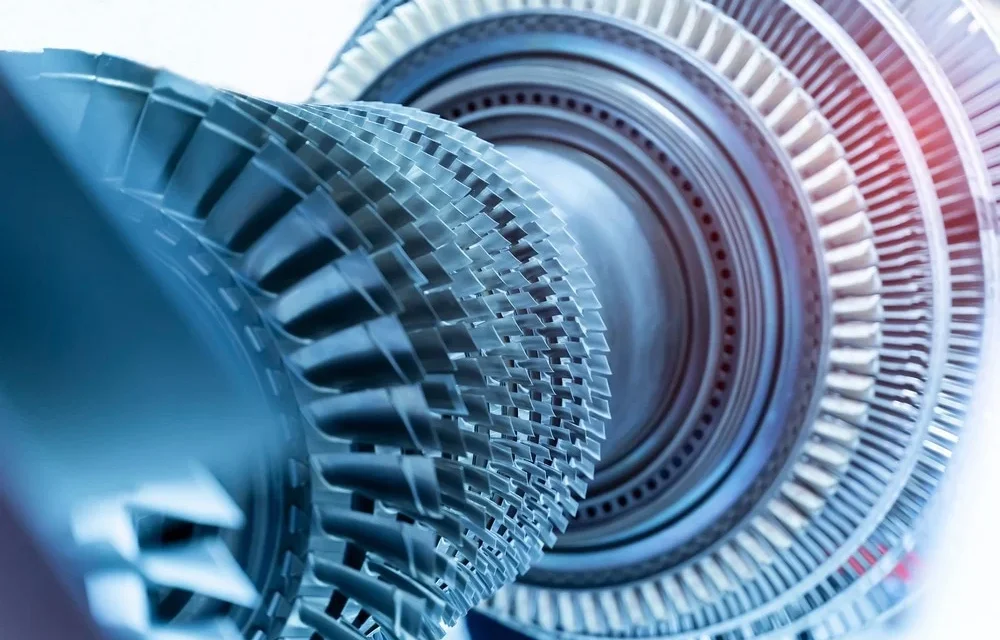Composite materials play a critical role in modern aircraft manufacturing, offering unique advantages that enhance performance, efficiency, and sustainability. These materials, typically made from a combination of fibers (like carbon or glass) and a matrix (like resin), provide superior mechanical properties while being lighter than traditional metals. Here’s an in-depth look at their role:
1. Lightweight Construction
- Weight Reduction:
- Composite materials are significantly lighter than metals like aluminum or steel, reducing the overall weight of an aircraft.
- Example: Carbon-Fiber Reinforced Polymers (CFRP) are about 20-50% lighter than aluminum.
- Fuel Efficiency:
- A lighter aircraft consumes less fuel, leading to lower operating costs and reduced carbon emissions.
- Example: Boeing 787 Dreamliner and Airbus A350 extensively use composites to achieve up to 25% greater fuel efficiency compared to older models.
2. High Strength-to-Weight Ratio
- Structural Integrity:
- Composites offer exceptional strength and stiffness for their weight, making them ideal for structural components subjected to high loads.
- Example: CFRP is used in wing spars, fuselage panels, and tail sections.
- Impact Resistance:
- Many composites have excellent impact absorption and damage tolerance, enhancing safety and durability.
3. Aerodynamic Efficiency
- Smooth Surfaces:
- Composites allow for the creation of smoother, more aerodynamic shapes, reducing drag and improving fuel efficiency.
- Example: Composite winglets improve lift-to-drag ratios.
- Complex Geometries:
- Advanced manufacturing techniques like automated fiber placement (AFP) enable the fabrication of complex aerodynamic structures.
4. Corrosion and Fatigue Resistance
- Durability:
- Unlike metals, composites do not corrode when exposed to moisture or chemicals, reducing maintenance needs.
- Composites also resist fatigue cracking, a common issue in metallic structures subjected to cyclic loading.
- Longevity:
- These properties extend the operational life of aircraft components, lowering long-term maintenance and replacement costs.
5. Customizability
- Tailored Properties:
- By adjusting fiber orientation, matrix type, and layering, composites can be tailored to meet specific mechanical and thermal requirements.
- Example: Reinforcement fibers can be oriented along load paths for optimal strength and stiffness.
- Hybrid Composites:
- Combining different fibers (e.g., carbon and glass) offers a balance between strength, weight, and cost.
6. Noise Reduction
- Acoustic Dampening:
- Composites can absorb and reduce noise, improving passenger comfort, especially in cabin interiors and engine nacelles.
- Quieter Operations:
- Materials like fiberglass-reinforced composites are used in fan blades and engine cowls to minimize operational noise.
7. Sustainability and Environmental Benefits
- Reduced Emissions:
- The fuel savings enabled by lightweight composite structures contribute to lower greenhouse gas emissions.
- Recyclability:
- Ongoing research aims to develop fully recyclable composites, enhancing sustainability in aircraft manufacturing.
- Lower Material Waste:
- Advanced manufacturing processes for composites produce less waste compared to traditional metal machining.
8. Applications in Modern Aircraft
- Fuselage and Wings:
- Large sections of the Boeing 787 and Airbus A350 fuselage and wings are made from CFRP, reducing weight and enhancing structural performance.
- Tail Sections:
- Composite materials are widely used in vertical and horizontal stabilizers for their strength and lightweight properties.
- Interior Components:
- Cabin flooring, overhead bins, and seat frames use composites for weight savings and durability.
- Propellers and Rotor Blades:
- Composites like glass and carbon fibers are used in propellers and helicopter rotor blades for their high strength-to-weight ratio.
9. Manufacturing Advancements
- Automated Fiber Placement (AFP):
- Robotics place composite fibers with precision, improving consistency and reducing production time.
- Additive Manufacturing:
- 3D printing of composite materials enables cost-effective production of complex parts.
- Out-of-Autoclave (OOA) Processes:
- Innovations in curing methods eliminate the need for large autoclaves, reducing costs and energy use.
10. Challenges with Composite Materials
- High Initial Costs:
- Composites are more expensive to produce and process than traditional metals.
- Repair Complexity:
- Damage to composite materials often requires specialized techniques and equipment for repair.
- Thermal and Electrical Conductivity:
- Composites lack the natural conductivity of metals, necessitating additional layers for lightning protection or heat dissipation.
- Recycling Limitations:
- Although research is ongoing, recycling composite materials is more complex than recycling metals.
Future Trends in Composite Use
- Increased Adoption:
- More aircraft, including regional and smaller models, will incorporate composites to improve efficiency.
- Advanced Materials:
- Development of next-generation composites with improved properties, such as self-healing materials and enhanced recyclability.
- Sustainable Practices:
- Research into bio-composites and renewable matrix materials aims to reduce the environmental impact of production and disposal.
Conclusion
Composite materials are revolutionizing aircraft manufacturing by enabling lighter, stronger, and more efficient designs. Their unique properties, including weight savings, durability, and customizability, make them integral to modern and future aerospace innovations. Despite challenges like cost and repairability, ongoing advancements in composite technology are ensuring their growing importance in the aviation industry.
Hashtags
#CompositeMaterials #AdvancedComposites #AerospaceComposites #AircraftComposites #CompositeTechnology #LightweightMaterials #HighStrengthMaterials #WeightReduction #MaterialEfficiency #DurableMaterials #CarbonFiber #CarbonComposites #FiberReinforcedMaterials #EcoFriendlyMaterials #SustainableAerospace #CompositeAirframes













